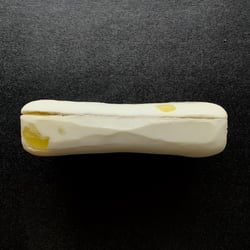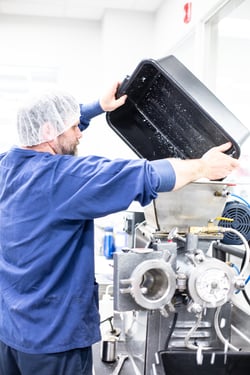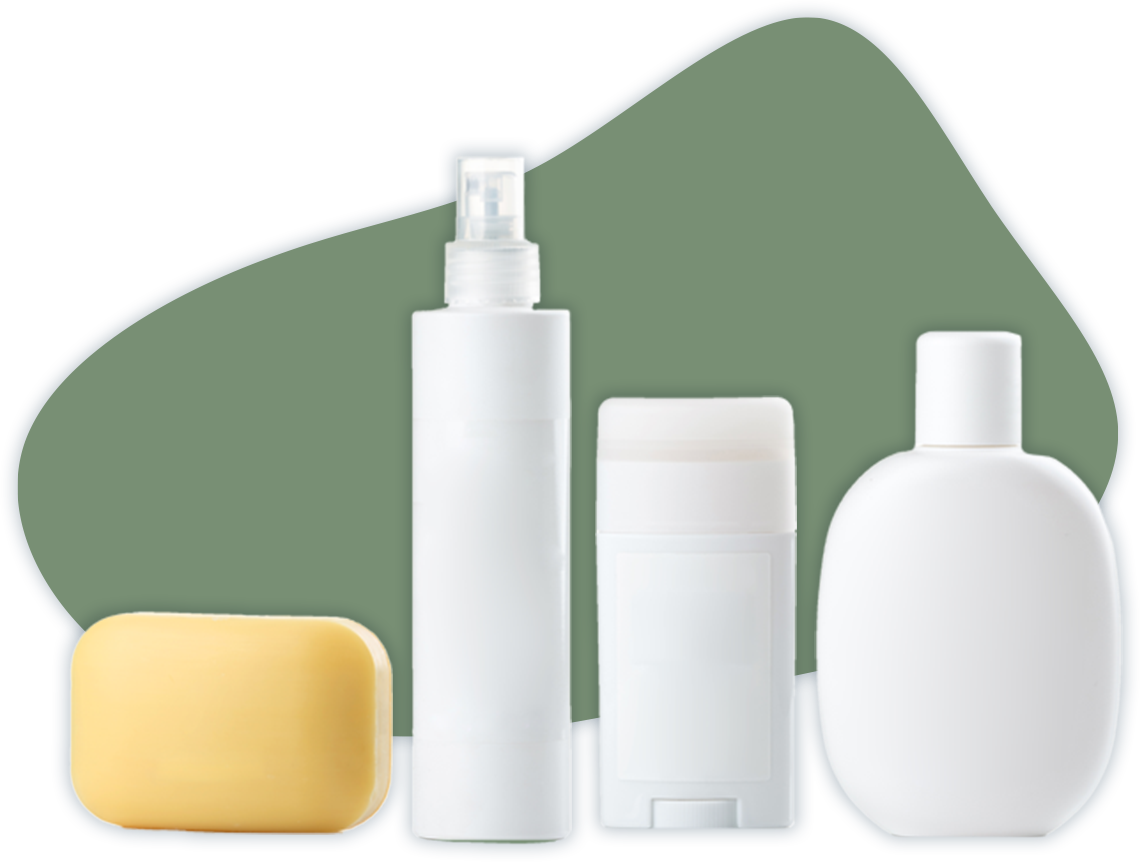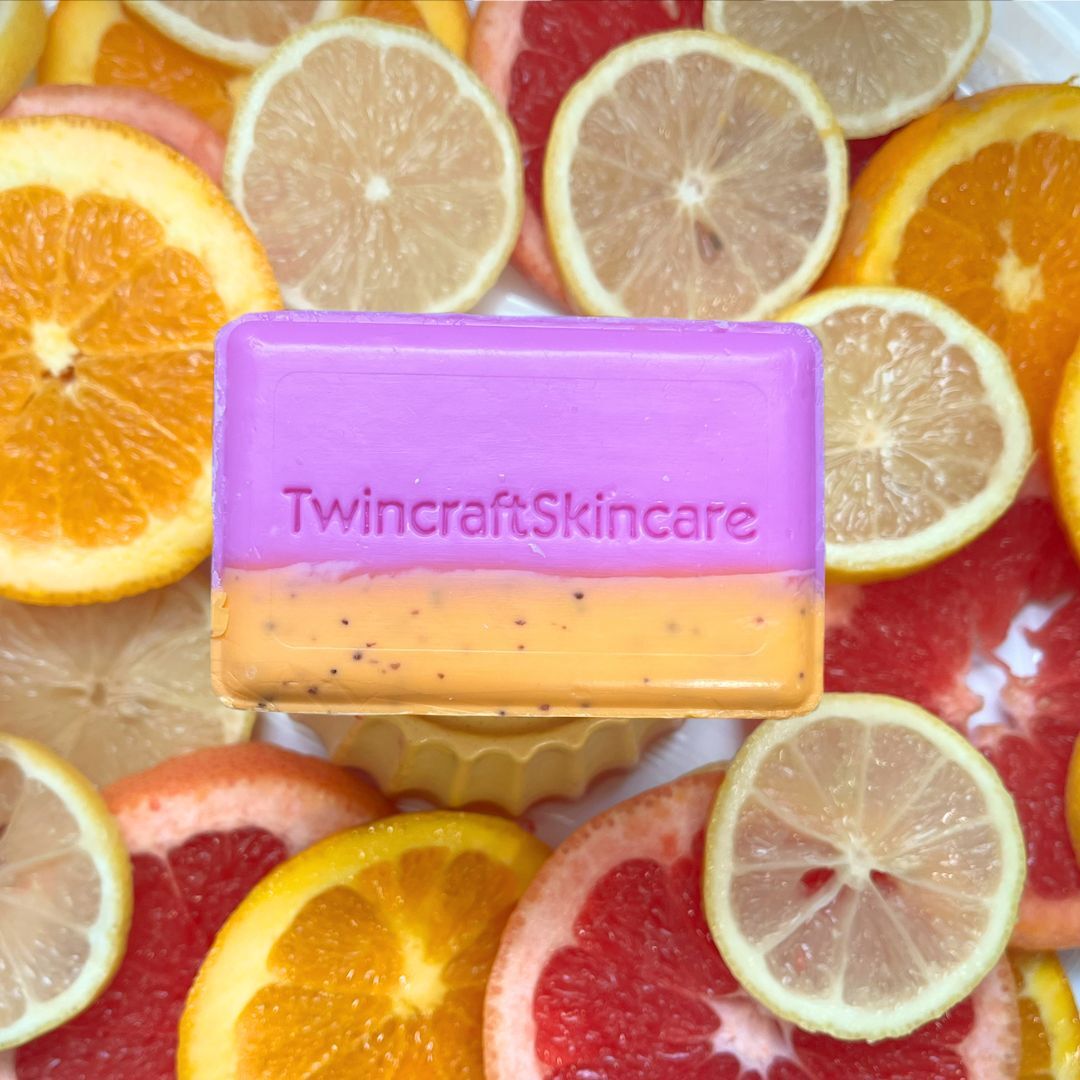A brand-new bar of soap is usually smooth with an even surface, but with time and use, cracks can appear on the bar. While it’s not visually appealing, it’s normal. Here’s why it happens and what you should know about it.
Twincraft Skincare has manufactured bar soap since 1972, so we have plenty of experience dealing with a variety of die shapes and different formulations of extruded soap. We've seen it all, which is why we're ready to guide you through the many different scenarios that can arise when moving forward with a new bar soap development project.

What is bar soap cracking?
Cracking is when detectable lines or crevices appear in the surface of the bar, and it is both normal and expected in bar soap. It is caused by the expansion and contraction of a bar as its moisture content changes. This movement causes fatigue in the surface of the bar, leading to the cracks that you can see on its surface.
You use bar soap in wet environments, from the shower to the kitchen sink, so changes in the bar's moisture content are unavoidable, making cracking unavoidable, too.
Will my lab bars crack? What about bars made on your production lines?
At Twincraft Skincare, a key part of a new bar development is making small batches of your bar concept in our lab. These lab bars are made on a much smaller scale than those that are extruded in our factory. Because of the differences in process and equipment beween the lab and full-scale production, lab bars are especially prone to cracking.

Characteristics of bars made in our lab:
- The lab plodder and lab press do not create as much pressure as we would see in production. Higher pressure creates a more compact billet, which resists moisture absorption.
- Lab bars are fresh and have not had time to cure between when they're made and when you use them. In production, these bars have a few weeks or months of cure time before they are in the customer’s hands. Bars that are drier to begin with will absorb less water and therefore experience less cracking.
While bar cracking is sometimes expected in a normal usage environment, it’s not a guarantee. Some precautions taken during storage can help make sure that your bar doesn’t get too swollen with moisture in the shower or bath to prevent future cracks.
Bar Storage Recommendations
The secret to avoiding cracking is to make sure the bar isn’t left sitting in water between uses. We recommend storing your bar soap in a dish with ample drainage to allow the bar to completely dry between uses, out of any direct water streams.
While it’s important to remember that bars created in our lab are more prone to cracking than bars made in our factory, we understand that excessive cracking isn't a desired trait in your finished good. If there is significant concern that your brand's formula will have a lot of cracking during use, we may recommend a wet crack test to assess the risk and determine next steps.
Wet Crack Testing
If there are concerns about a specific formula we can run the bars through our formal wet cracking protocol. Bars are submerged in 21°C/70°F water for 30 minutes then left to dry for 16 hours. After the drying period, they are evaluated on a scale from 1-10 for cracking, and recommendations are made by our team based on these findings.
Die Selection & Cracking
 There are other considerations that can be made during the product development process to help prevent cracking. For example, die selection can play a big role in how the finished good performs.
There are other considerations that can be made during the product development process to help prevent cracking. For example, die selection can play a big role in how the finished good performs.
Two-piece dies are the best choice to help avoid cracking in the finished good. A two-piece die has a top and bottom with a visible "parting line" somewhere in the middle. Soaps from two-piece dies are made with more force than other types, as excess soap is pushed out during the pressing stage. This creates a hard outer shell that is especially resistant to cracking.
Comparitively, bars made from three-piece dies have a top, bottom, and capacitive ring, and are more prone to cracking during use because the bars are cut to weight before pressing. Less force is also applied while molding the soap into fairly simple shapes.
To learn more about what to expect with your new bar soap launch, please contact our Sales Team. We can provide additional documentation, testing, and examples for solutions to common problems that come up during development.






